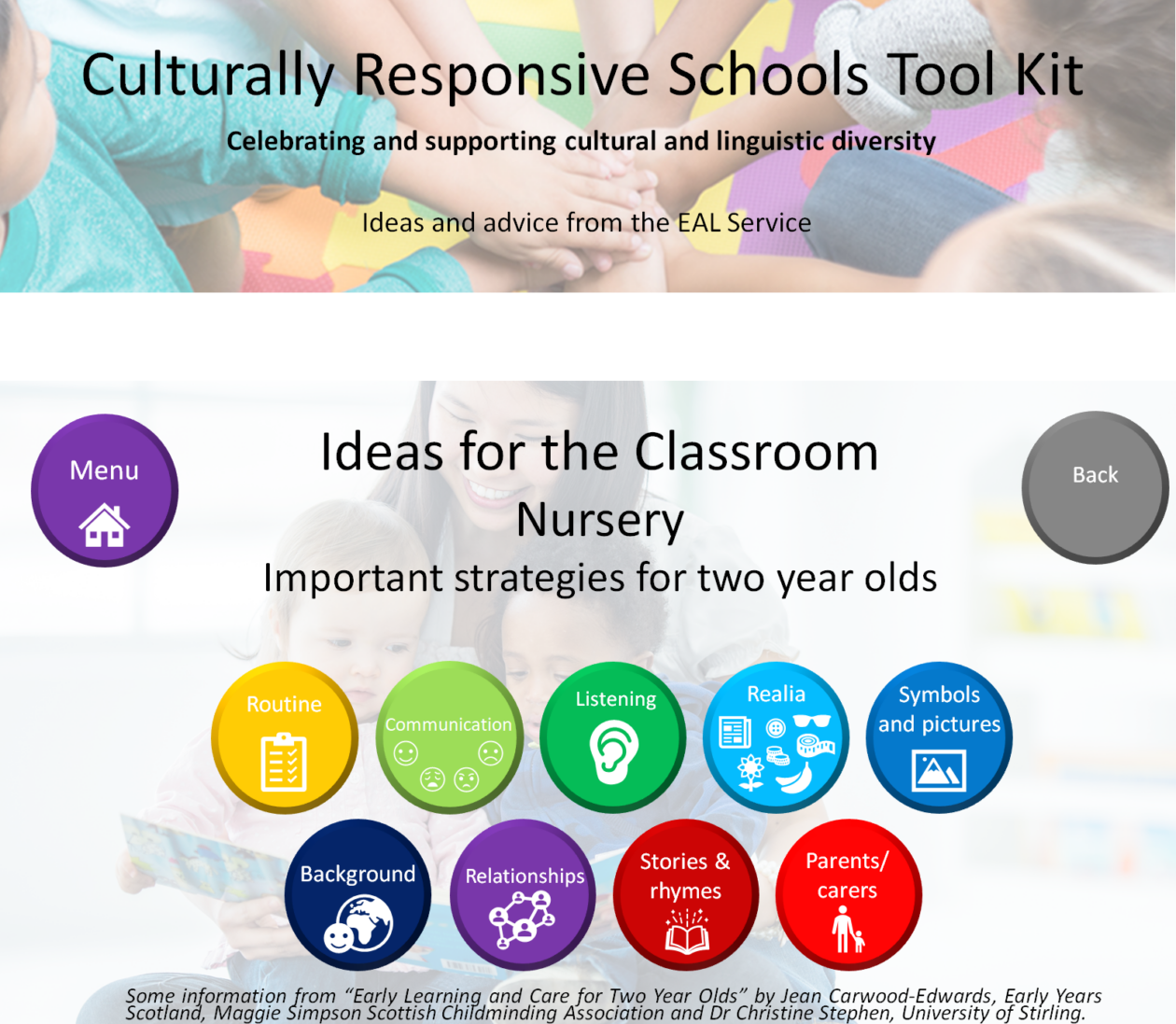
Routine

At this age children respond to regular routines and social groupings.
Communication
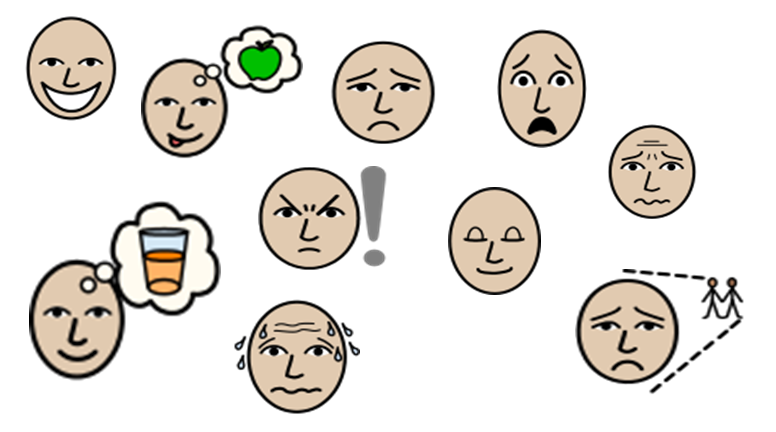
It is normal for all two year olds to struggle to express how they feel and what they want. Use illustrations of emotions to help your bilingual children e.g. Twinkl communication fans.
Listening
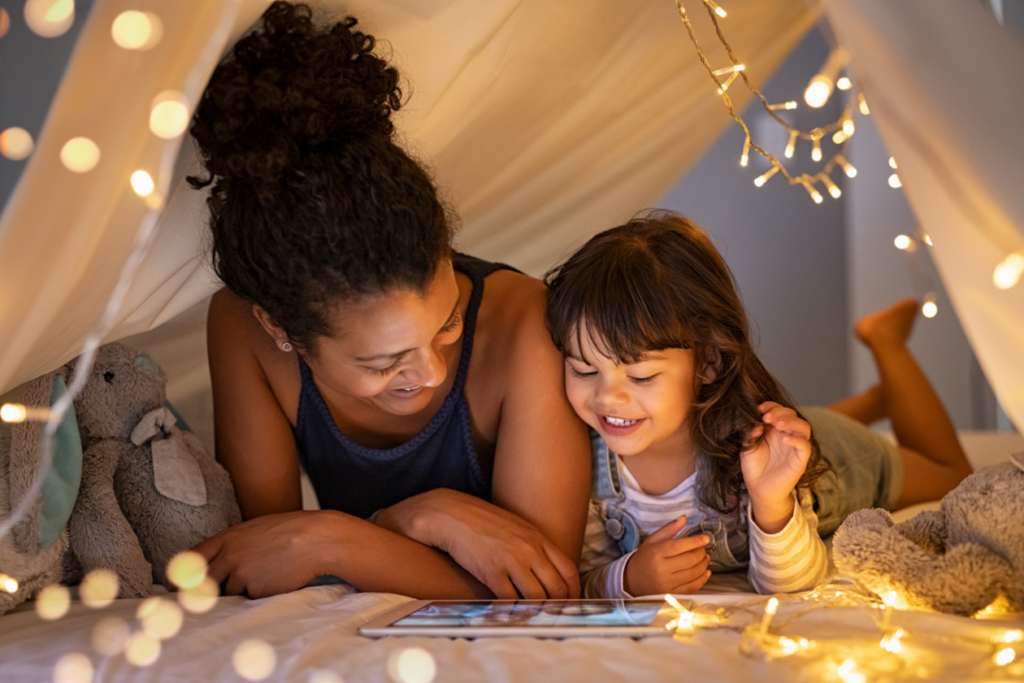
Two year olds need adults who will talk to them and listen to them. It is sometimes difficult to talk to children if you think they do not understand. However if you talk about what you are doing with the child there will be a visual context to help. The child may reply in her/his home language. You can assume that they are also talking about what you are doing so nod and smile and reply in confirmation.
Realia

Two year olds enjoy pretend play with familiar domestic objects so if there are some things unique to their culture which they may have at home such as woks and chopsticks, make sure you include them in your setting. Ask parents for help. Image from https://geppettostoybox.com/product/sushi
Symbols & pictures
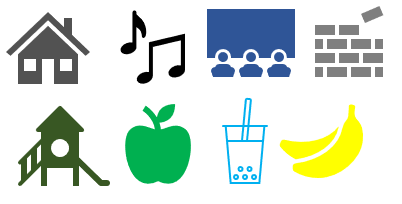
At this stage children are beginning to understand symbolic representation so using pictures to indicate emotions or everyday items may not immediately be useful but will be part of their learning about their environment.
Background

It is especially important for two year olds that practitioners know about their background including: their relationships, where they live or visit, and where they hear or use different languages. Make sure you have accessed this information from parents/carers using an interpreter if necessary.
Relationships
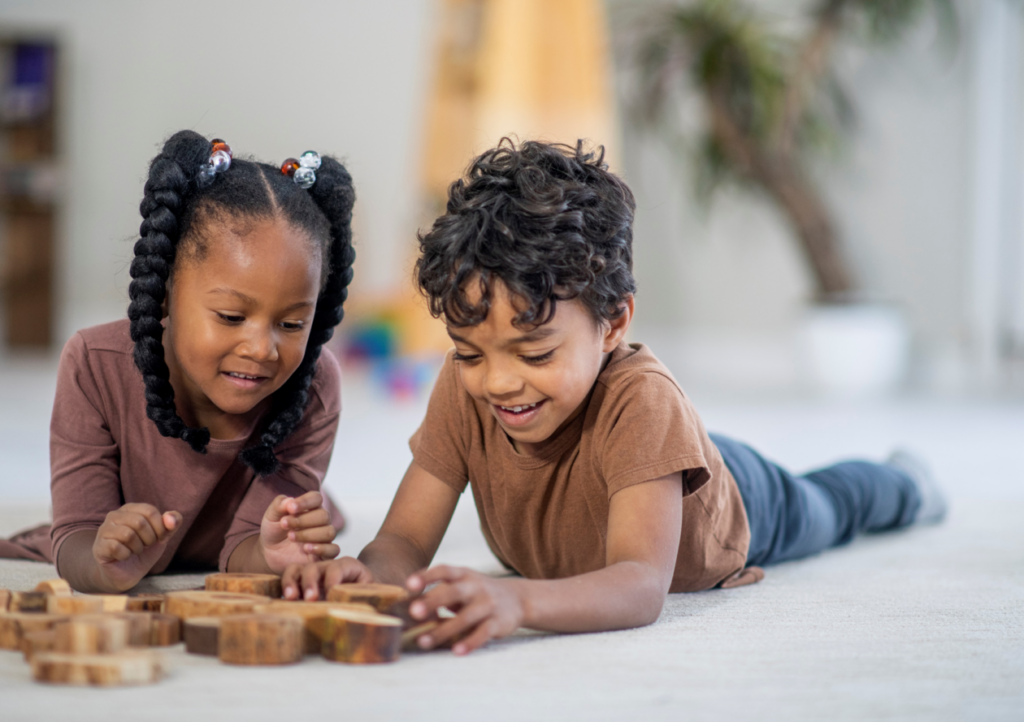
At this stage children are beginning to build up relationships with each other. Usually language is not a barrier between them but it is important that you enable relationships to grow if a child seems left out for some reason.
Stories and rhymes
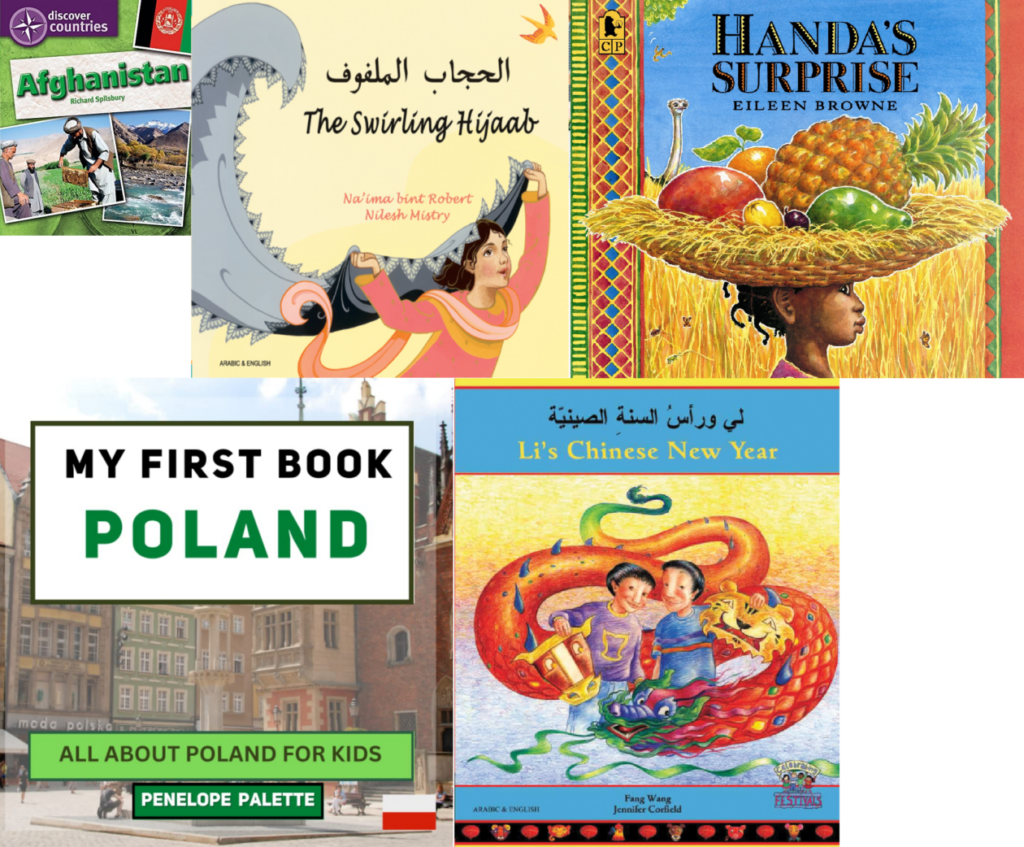
Stories and rhymes are particularly important at this stage. Make sure you include some from the bilingual children’s cultural backgrounds. You can access picture books about different countries and cultures, books from different countries and cultures, and bilingual books: www.mantralingua.com, Browns Books (brownsbfs.co.uk) and www.amazon.co.uk
picture from https://www.wob.com/
Parents & carers

Don’t let the language barrier get in the way of communicating with parents/carers at this important stage. Use a range of translated resources, visual resources and translation apps for everyday communication.
Arrange an interpreter for meetings or to convey important or sensitive information. This will allow parents/carers to ask questions.
See Viva Arcadia for guidance on making the best use of interpreting/translation services and translation apps.
